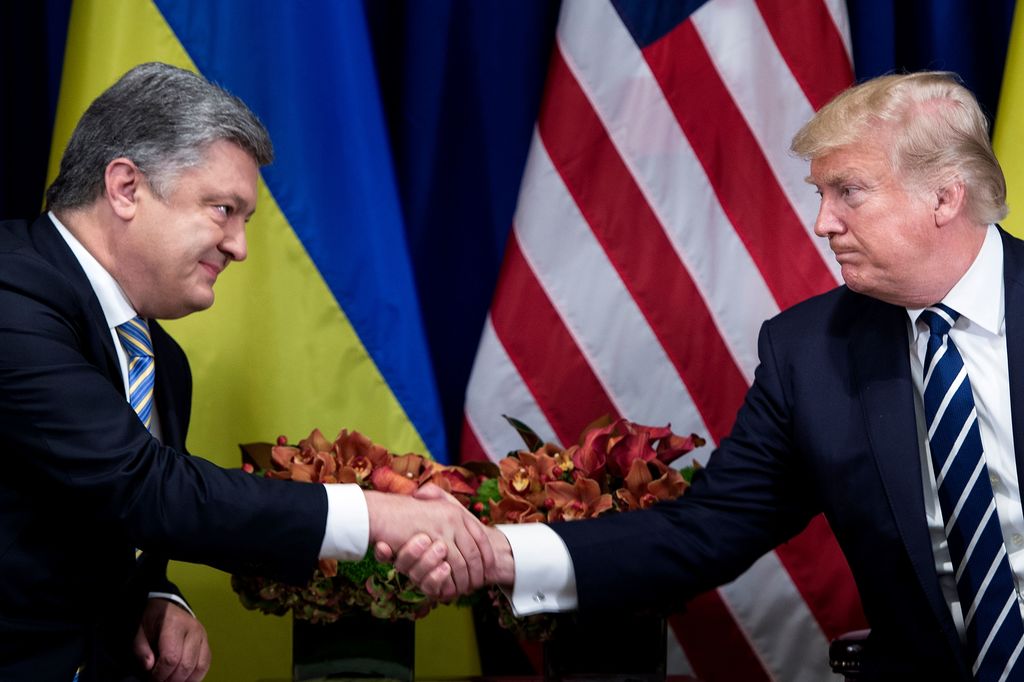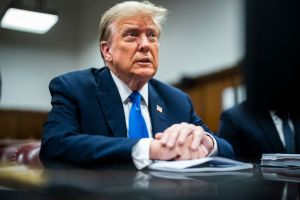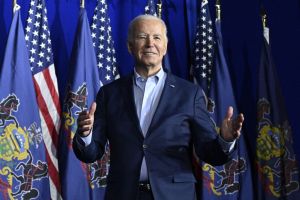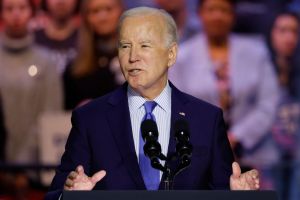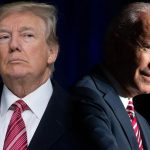An actual sinkhole has developed on the north lawn of the White House. It might serve as a good metaphor for the state of the Trump presidency, which is being engulfed by the very Washington swamp that it once vowed to eradicate. The latest revelation comes courtesy of the BBC’s indefatigable Paul Wood, who reports today on a corrupt bargain that apparently took place between the White House and Ukraine.
It seems that Ukrainian president Petro Poroshenko, who bet on the wrong horse during the 2016 campaign by releasing some information about the sordid financial machinations of Donald Trump’s campaign manager Paul Manafort to the New York Times in August 2016, was desperate to make amends. He wanted to butter up Trump. The avenue he chose was to offer Cohen what amounted to a bribe.
Wood reports that several sources in Kiev tell him that Trump’s personal lawyer Michael Cohen was given at least $400,000 to ensure that Poroshenko establish a backchannel to the White House and get more than a token meeting with Trump himself. A senior intelligence in Kiev told Wood that the transaction was consummated by a Ukrainian MP who had contacts to a Jewish charity in New York called the Port of Washington Chabad. “This,” Wood writes, “eventually led to Michael Cohen, the president’s lawyer and trusted fixer.” Cohen and the alleged participants in this scheme all denied the story.
But lo and behold, Poroshenko got the meeting he craved in June 2017. At the time he crowed that it was a “substantial visit.” A week after he saw Trump, Ukraine’s National Anti Corruption Bureau terminated its investigation of Manafort. The state prosecutor was supposed to pursue it, but he explained to Wood, “There was never a direct order to stop the Manafort inquiry but from the way our investigation has progressed, it’s clear that our superiors are trying to create obstacles.” Trump, Wood suggests, didn’t need to tell the Ukrainians to put the kibosh on cooperating with American investigators. They divined that themselves.
If Ukraine did pay off the administration, it’s definitely getting its money’s worth. The Trump administration sold 210 Javelin anti-tank missiles to Ukraine in March, a move that the Obama administration had felt would unnecessarily provoke Moscow. Whether this episode will elicit much outrage in Washington is an open question. Trump will surely blame it all on a deep state cabal of officials conspiring to oust him from office. A few hours ago he issued the evocative and lapidary tweet, “WITCH HUNT!” But set aside the president’s habitual bluster for a moment. If nothing else, the Ukraine affair suggests that the Trump administration is definitely bringing new meaning to the term transactional diplomacy.
